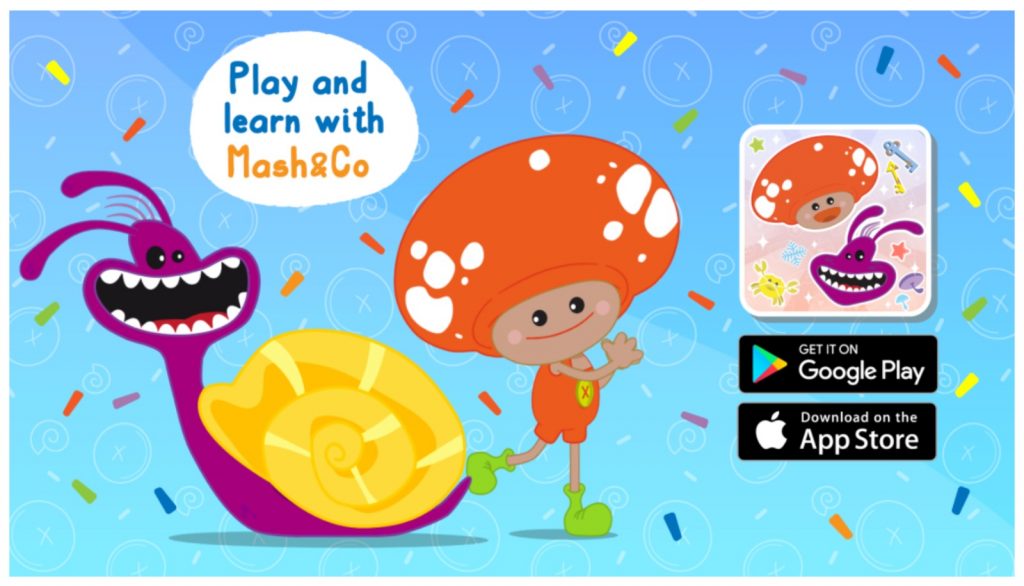Teaching Kids about Diversity and Differences
Children may still not be able to know how to deal with people who look different or act differently. Growing up, they see the same set of people in their family and community. Thus, interacting with people from a different country, race or religion can be something new to them.
While it can be quite uncomfortable to talk about people’s differences with your child, you need to teach your little one that the big, wide world is home to many communities of individuals who have different appearances, colors, beliefs, and cultures.
Expose your child to diversity as early as possible. Here’s a simple guide on teaching your child about diversity and differences.
Teach your child that different is OK
Marguerite Wright, a psychologist, says that if you don’t acknowledge differences, you fail to prepare your child to live in a multiethnic society. Concepts of gender identity, race, disability, or indigenous people can still be difficult to comprehend for kids. Start with concepts that are easy to understand. You’re on a good start by simply teaching your child that people who are different from him should not be feared or hated.
READ ALSO: UNDERSTANDING EMOTIONS IS IMPORTANT FOR PRESCHOOLERS
Respect is key
Teaching children about diversity and differences should always go hand in hand with teaching them to be respectful. When children are raised to always show respect, dealing with people who are different from them won’t be a problem. Regardless of people’s gender ethnicity, gender identity and expression, religion, or disability, they will interact with them respectfully.
Teach your child to be respectful especially when it comes to using language. It is crucial to use the right words in a diverse world. Because your child is always listening to you, you need to be careful with the words you teach them and the words you use. If you hear your kid using a degrading term for a person with a disability, gently but firmly correct your child.
Point out similarities
Establishing a strong sense of commonality is the main goal when setting the stage for cross-cultural communication or interaction, which is especially true with your children because it is the imagined similarity that children begin to create empathy for others.
Break down “them and us” by pointing out similarities. For instance, say that families from another religion may not be celebrating Christmas, but just like your family, they enjoy bonding activities during the holidays.
Be a model for inclusive behavior and language
Your kids learn through imitation or observational learning before they can even speak.
Be a model for inclusive behavior and language to your children by adjusting your behavior and learning to use inclusive language.
Let your child learn about diversity through play
An effective way to teach kids about almost anything is through play. If you want your child to understand diversity and social inclusion, let him play games in line with this theme. One mobile app that you can let your child use is Mash&Co, an award-winning educational app from Italy designed for preschoolers from 3 to 6 years old. The mobile game teaches kids about social inclusion, sharing, and respect.
The world needs more people who understand and respect differences. Raise a child who can help make this world a safe and just society for all.
READ ALSO: TALKING TO KIDS ABOUT DISABILITIES
AUTHOR
Gwen Llana-Serrano is a millennial mom who works from home. She owns a content writing start-up and writes about her experience as a mom for the first time on her parenting and lifestyle blog. He also writes articles for The Asian Parent, the largest parenting website in Southeast Asia.



